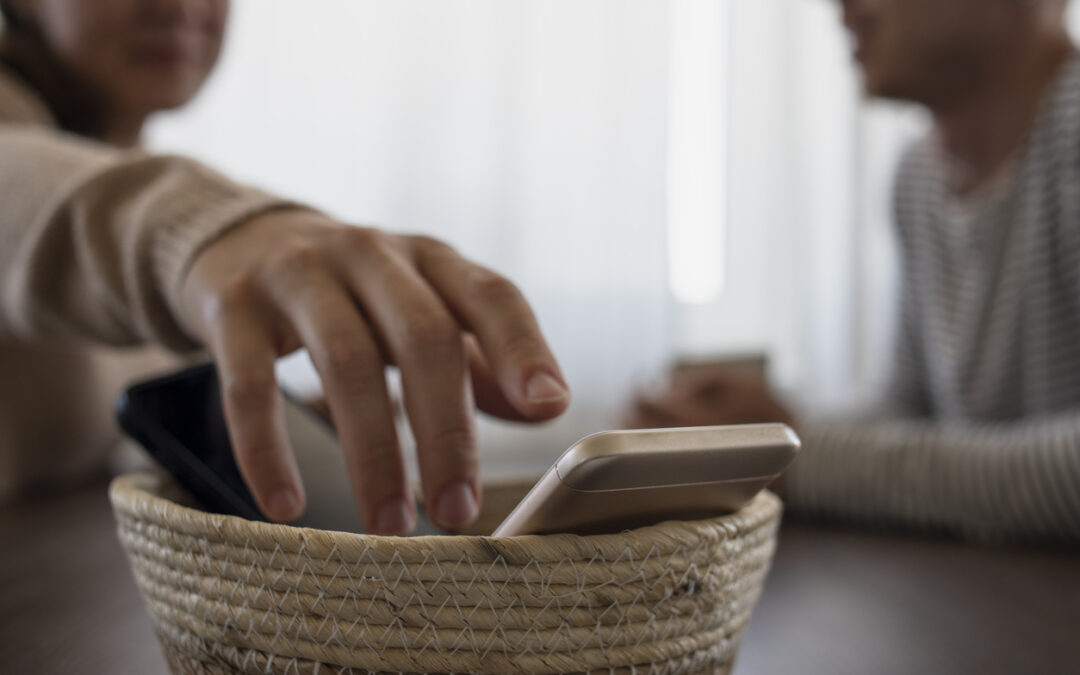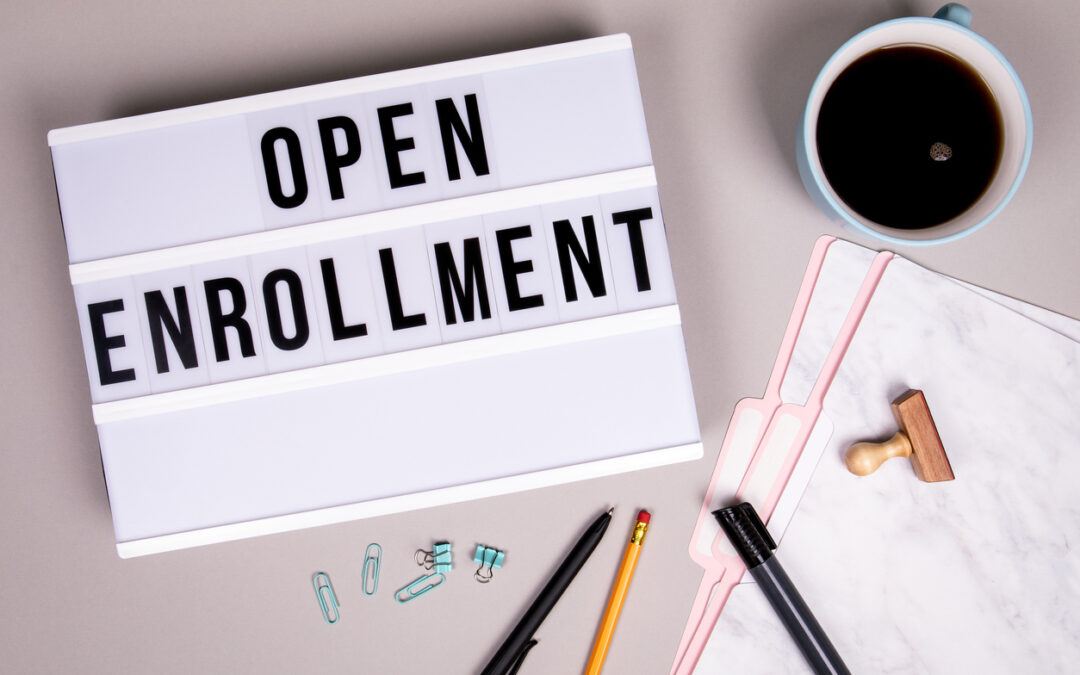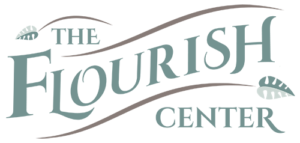
by Jen Owen, N.P. | Nov 4, 2020 | Mind-Body Medicine
With everything that’s been happening in the world and in our country right now, it’s important to keep track of your own energy.
It’s wise to take a few moments every day and consider how your energy is doing with all of it.
Are you exhausted?
While we don’t have control over what’s happening, we DO have control of how we react and how we engage.
When we’re grounded and aware, we don’t engage as much and we don’t have such strong reactions.
When we let ourselves get too engrossed, we feel all the effects and our energy systems get overloaded and burned out.
Here are 5 tips for protecting your energy during stressful times:
#1
Take social media and email completely off of your phone or log-out when you’re done. This will force you to go to a larger device to engage or you’ll have to consciously log-in to get access. When you see the log-in page, you can check in to make sure you’re not simply on auto pilot and ensure you do in fact want to log-in.
#2
Before you turn on the news or engage in social media, stop and check in with where you are energetically. Are you feeling strong and ready to read all the stuff? Are you engaging because you really want to engage or because you’re lonely or frustrated? Is there something else you could do that would ensure your needs are being met and that you’re staying strong amidst the chaos?
#3
Turn it all off before you get reactive. I can take about 5-10 minutes of social media or news right now. As soon as I find myself feeling any emotion I don’t want to feel, I turn it off. It’s not worth it! I can always check back in an hour or so and see if there’s any new news. Most of the time, there’s not. You can usually glean all you need to know from the day within 5-10 minutes.
#4
Unfollow or unfriend people who upset you. I know we must be discussing the issues of our times and I also feel strongly that social media posts are not always the productive place to do so. You DO NOT have to stay friends with people on social media for any reason. It’s your space and you can let whomever you want into it. I won’t tolerate racism, sexism, homophobia, or anything else I believe strongly against to be on my page. I also will not tolerate any sarcastic remarks made on my posts. I don’t have to, and you don’t either!
#5
Have an email and social media free day. Pick one day a week when you don’t log in at all. Sundays are often that day for me. . It’s so nice to spend time with myself and my husband without the interference of the outside world. If a whole day feels like too much, commit to a few hours now and then and reap the benefits.
More than anything, we must protect our precious energy and make sure we keep what we need available for us!
These are some of the things I do to make sure I can show up for all of you.
What other things do you do?
Please comment below and be sure to share this post with friends who need to hear it, too.
Protecting energy has been a very common topic in my integrative clinic recently. A patient may be here to discuss test results and we realize that their energy is the most important topic for the appointment. We’ll sort out where they’re giving energy away and brainstorm ideas to keep them grounded and feeling their best.
Working with me as your health care provider means we consider all aspects of your life in our care plan.
Schedule here to experience true integrative medical care.

by Jen Owen, N.P. | Nov 4, 2020 | Integrative Medicine, Seasonal Health
Welcome to this week’s topic about finding the best health care plan to support your desire for integrative care.
There are 5 main things you’ll want to keep in mind if you have the option to switch health insurance plans during this open enrollment period from November 1-December 15:
First: Are Your Preferred Providers Covered In-Network?
Check to see that the providers you actually want to work with are covered by your plan.
When you are given the list of possible plans either by your own search, the marketplace, or your agent, be sure to search for each provider you want to see in the provider directory.
Don’t forget to look for your alternative care providers, such as your chiropractor, acupuncturist, and massage therapist.
I did a live video about this on my Wellness Wednesdays Facebook Live. Click here to watch it.
Second: What Labs Are Covered?
Look into what lab tests are covered by your insurance. Usually this is a very small amount of labs, like cholesterol and blood sugar.
Find out which laboratory companies are the preferred options for each plan. Do these work well with your primary and specialty care providers?
Are you interested in getting specialty testing like a food sensitivity panel? Does the insurance plan you’re considering work well with specialty testing companies?
Third: Are “Alternative” Treatments like Chiropractic or Acupuncture Covered?
Many plans offer a certain number of these types of visits. How about the one you’re considering?
What is your co-pay for these services?
Is the plan more expensive every month because it offers these services? Would there be less cost to you if you paid out of pocket versus paying extra for this coverage?
Fourth: What Medical Care Do You Foresee Needing Next Year?
Will you simply be using your insurance for your wellness checks or do you know you need an expensive procedure?
If you’ll be seeing your primary care provider only once or twice to get your annual exams and screenings and don’t plan on much else, a high deductible plan might make sense.
This could free up cash-flow for specialty care and testing.
But, if you know you need a surgery or something else with a higher cost, it might make more sense to pay a higher monthly fee with a lower deductible.
Fifth: Could Working With an Agent Alleviate Stress For You?
A few years ago, I found an amazing agent to help me navigate the healthcare maze. She’s been particularly helpful with options for my small business.
Having an agent is great for objective advice and to make sure you know all your options.
A good agent will present you with the very best options for you and you don’t pay them anything.
If you want to get in touch with my agent, she is Rachelle Thayer of Northwest Strategic Insurance Advisors.
What other questions do you have? Comment below and let me know and share this post with friends who might also need this information.

by Jen Owen, N.P. | Oct 28, 2020 | Mind-Body Medicine
I know, I know….we all know about self-care.
Yet, are we doing all the things we possibly can to care for ourselves?
Times are interesting right now to say the least. I find myself more tired than usual and I think it’s all the noise. Noise from the news, noise from the grumbling on social media, noise from the unexpected extra stress COVID has placed on my life.
Taking time for myself has become more important than ever.
Today, I’m simply listing every possible thing I can think of that we can all do to give ourselves a little respite.
Read through the list and see if you can find 1-2 you can add this week.
Self-Care Ideas:
~Take a long bath (bonus for adding salts or smells that help you relax and candles)
~Take a nap (even 20 minutes of lying down can make a big difference!)
~Sip a nice cup of herbal tea
~Get a massage
~Give yourself a massage
~Walk or even just stroll outside
~Deep breathing
~Do a jigsaw puzzle
~Read feel good fiction
~Watch a chick flick
~Do something artistic: paint, color, draw
~Take Facebook and Email off of your phone
~Play with your kids or pets (really play—be all in!)
~Listen to music
~Dance to that music
~Soak your feet in roses, lavender, or chamomile
~Cuddle
~Journal your feelings or frustrations
~Laugh!!!
~Sleep soundly (and get help if you’re not)
~Make yourself a smoothie or green juice and really enjoy it
What did I miss? What other ideas do you have?
Please comment below and share widely with any stressed out friends or family.

by Jen Owen, N.P. | Oct 28, 2020 | Integrative Medicine
Instead of saying the same things I always say about the work I do, I thought I’d give you an example of how integrative medicine really works, so you can see how it could benefit you or those you love.
Heartburn and reflux are extremely common symptoms. According to the American College of Gastroenterology, it’s estimated that more than 15 million American suffer with heartburn and/or reflux symptoms every day. That’s a lot of folks!
Conventional Approach
If you were to go to a mainstream western medical provider with the complaint of heartburn, there’s a very high chance that your treatment would consistent of one thing: a prescription for a medication from a class of drugs called proton-pump inhibitors (PPIs). Commonly prescribed PPIs include, omeprazole (Prilosec), esomeprazole (Nexium), lansoprazole (Prevacid), rabeprazole (AcipHex), and pantoprazole (Protonix). Many of these are also available over-the-counter.
I know this because that 15 million people with heartburn statistic you read above is generated by the number of people taking one of these medications every day.
If you’re lucky, this conversation might also include advice to eliminate a few common irritating foods, such as coffee, tea, and soda, and you might be instructed to elevate the head of your bed while you sleep.
And, that’s it. You’re out the door and on your way to starting a drug that’s extremely difficult to discontinue down the road. I won’t go into all the physiology here, because that could be an hour lecture on its own. I will tell you this, PPIs change the physiology of the gut and when you want to stop taking these drugs, the rebound heartburn is usually worse than what you had when you started out in the first place.
*Please note that I’m talking about mild to moderate cases here. More severe cases could require further testing and exploration to be certain nothing more serious is going on.
Integrative Medicine Approach
First
Avoid PPIs if at all possible. (If heartburn has been going on for a while, there is a risk to the tissues of the esophagus. Very rarely we might give a PPI for 2 weeks to calm things down, which was actually the original intention of this drug).
Other medications for the gut such as famotidine/ranitidine or plain old antacids like Tums can be helpful for in the moment times to avoid misery while we sort out what’s really going on. These would also be used sparingly and are easier to stop taking.
Second
Consider complete stool analysis to find the true cause of the symptom. It might be that the person doesn’t have enough stomach acid to break down fats and proteins and not that they have too much
There might also be inflammation, an imbalance in good and bad bacteria, or a lack of digestive enzymes to break down carbohydrates.
A stool analysis takes out the guessing game and gets down to the physiological facts.
We can then recommend the exact supplements and herbs needed to heal the issue for good.
Third
Consider food allergy and food sensitivity testing. If we can find out the exact foods causing symptoms, then why not do it?
Food elimination diets can feel very oppressive and can be hard to follow. Once you see it on paper, it’s much easier to avoid the foods that could be causing your symptoms.
Fourth
Add demulcent herbs like marshmallow root, licorice root, or slippery elm. I often give these herbs as powders to be taken several times a day. They soothe and heal the gut lining since it’s probably quite irritated at this point.
Fifth
Take a hard look at the person’s stress level. When you’re stressed, you can live in fight-or-flight mode a good part of the time (read this full article here to learn more about this). This causes a slowing of digestion which means that food might sit in your stomach longer than usual creating the heartburn symptom.
Addressing stress is often the most powerful treatment for all digestive issues. In integrative medicine, we take time to talk in detail about this and determine the best strategy for overcoming stress. Suggestions might include quiet time/meditation, Emotional Freedom Technique (EFT), removal of the stressful situations from the person’s life, if possible, counseling, etc.
We can do all the testing in the world and spend hundreds of dollars on supplements, but if the problem is stress, we will only make a small impact on resolving heartburn for good.
So, there you go. That’s an example of what a consultation might look like with me. For every symptom, there’s a scientific look at physiology as well as a compassionate look at lifestyle and life circumstances.
I hope that helps you understand how integrative medicine might be a better option for people than simply being prescribed a medication to make the symptom seem like it’s gone.
As always, and in accordance with our Terms of Use (below), this blog is not meant to serve as medical advice and is to be used for educational purposes only. We never recommend stopping a medication or making changes to your health regimen without the advice of a licensed medical professional.
If you want that professional to be me, click here to schedule and be sure to share this article with others in your life who might need a more integrative approach to what they’re experiencing.

by Jen Owen, N.P. | Oct 23, 2020 | Mind-Body Medicine, Pelvic Health
If you missed “What the Heck is Pelvic Care Anyway (Part 1)” and you’re on Facebook, you can watch it here or you can just read the recap below.
If you already watched the video or know the basics, you can scroll down to Part 2 now!
Part 1 Recap:
Holistic Pelvic Care™ (HPC) was created by physical therapist, Tami Lynn Kent. After she learned the skills to perform pelvic floor therapy for female-assigned humans, she began noticing that the people she was working with were having emotional responses to the treatment.
After working with hundreds of females, she began to see patterns in the pelvic area. She found her clients were often holding on to emotions, feelings, and memories inside what we call the “pelvic bowl”. By combining the hands-on work to the area with breathwork and visualization, Tami was able to help clear these “stuck” experiences and make way for more empowerment, self-love, and vitality. And, she teaches other practitioners how to do the same, including me!
There are large muscles inside the pelvis that get little to no attention. We can get “knots” in these muscles just like we get in our shoulders, necks, etc. that are often easily relieved with massage to the pelvic floor just like massage to other parts of the body.
Through the combination of releasing the muscles and using breath and visualization, pelvic symptoms are often greatly relieved. Some of the symptoms helped with HPC include: long, heavy, or painful periods, low libido, fertility issues, menopausal symptoms, and low back and hip pain, just to name a few. HPC is also very helpful after childbirth and for healing from a miscarriage.
If you want to learn more from Tami’s experiences, I highly recommend reading her book, Wild Feminine.
Okay, on to….
Part 2:
I think the most common reaction I get when I tell people about this work is that they think it sounds really weird.
And then, once people experience it, they actually comment things like, “It was weirdly not weird at all!”
Holistic Pelvic Care™ is truly “women’s healthcare”.
How did women’s healthcare become all about a pap smear? When we think of women’s health, we immediately picture ourselves with our feet up in stirrups ready to brace ourselves for discomfort. Am I right?
Let’s address this aspect now. HPC is totally different from a pelvic exam. There are no stirrups. You’re lying on a warm table on pretty sheets. I take a look at your “parts” only to see where I’m going so I don’t poke you anywhere you’d rather not get poked. The rest of the treatment is done with me by your side and you are covered with the sheet.
The massage aspect is done with only one finger, so it’s nothing like a speculum used for regular pelvic exams. We are then communicating throughout the entire experience as to your comfort level. The goal is to never cause pain or trauma to your sacred spaces.
Does that help you understand this better?
If you’re having any sort of pelvic area symptom, I strongly urge you to consider coming in for Holistic Pelvic Care™ soon
The Other Benefits of Pelvic Care:
There’s one more very important thing for you to know. This care is NOT just for symptoms.
Even if the body is not giving us a physical signal that there’s something going on (like pain, discomfort, or dysfunction), there is amazing healing that can be experienced with the work.
More and more of us are investing in pelvic care for health maintenance, prevention of symptoms, and for personal connection.
Often people come to me for HPC when they are looking for more energy, more vitality, and even more money.
Not sure if HPC is for you? Curious about the energy work and how it can help? Consider attending one of our monthly Pelvic Bowl Meditation Circles. During these Circles, I walk you through a similar visualization process as we do during a session.
Featured Podcast:
Last year, I was featured on the amazing LaToya Zavala’s Podcast, “Freed and Powered Up”. The topic of our discussion was called, “So, What About Sexual Healing”.
If you want to hear some more about this topic, you can listen to it here.
I welcome all of your thoughts and questions about this topic. What else do you want to know?
Please comment below and share this article widely, so more of us can know about this important work.
If you’re ready to schedule for Holistic Pelvic Care™, click here for more information.






Recent Comments